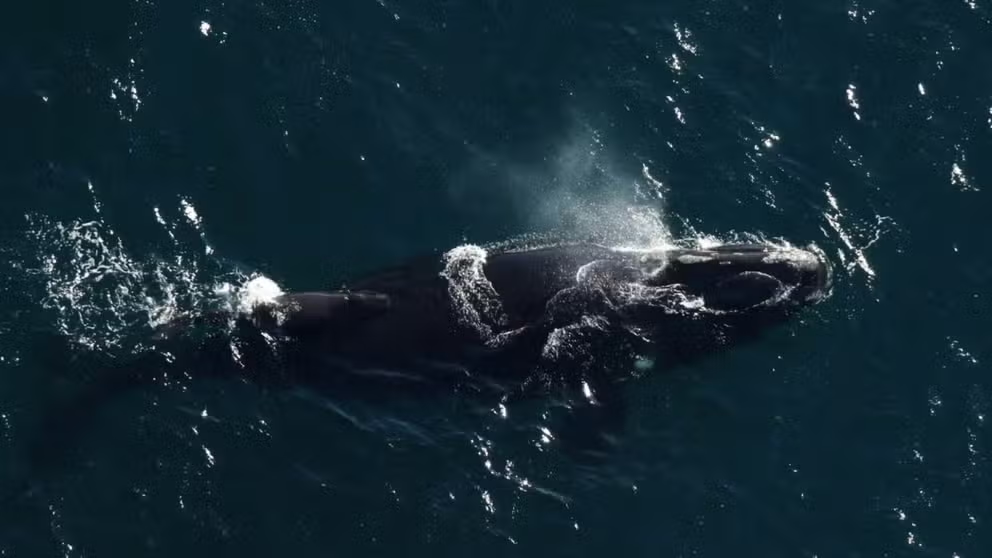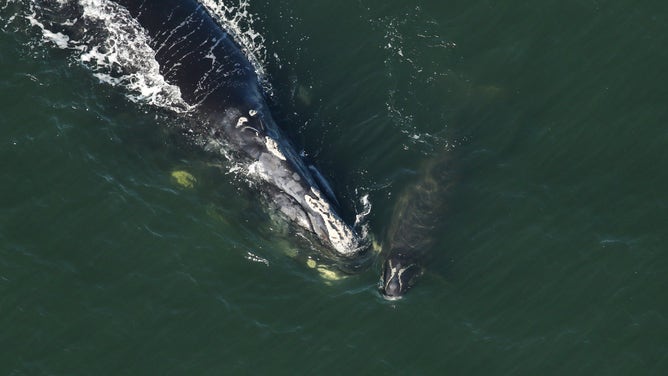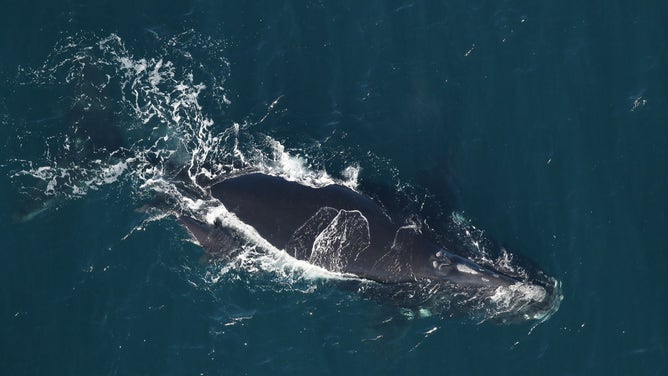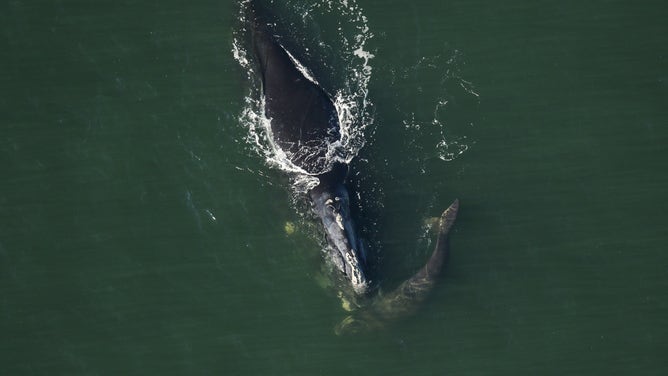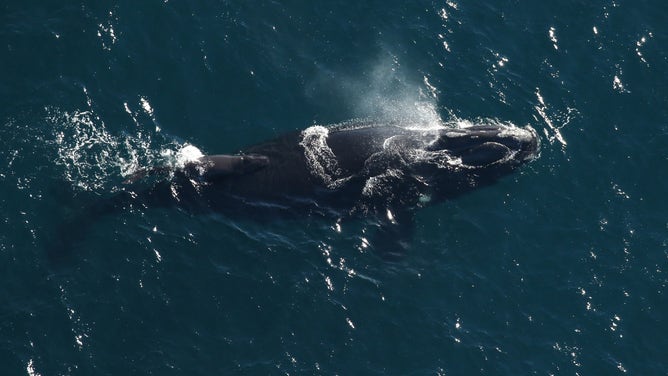Endangered right whale calves spotted off Florida coast
NOAA Fisheries reports there are only around 360 North Atlantic right whales left in existence. Since 2017, the species has been experiencing an Unusual Mortality Event, with the mammals dying faster than they can reproduce. Marine biologists estimate the species needs to produce 50 or more calves a year to stop the decline.
Right whale calves spotted off the Florida coast
NOAA Fisheries reports there are only around 360 North Atlantic right whales left in existence. Two new calves were recently spotted off the Florida coast.
AMELIA ISLAND, Fla. – Researchers off the Southeast coast recently spotted two North Atlantic right whale calves, bringing the early season tally to at least eight juveniles of the endangered species sighted during the 2023-24 season.
The latest sightings occurred off the coast of Northeast Florida, where spottings are common during the winter months.
One of the calves was spotted next to a 17-year-old female known as #3780. The Florida Fish and Wildlife Conservation Commission said they believe the newborn is her first calf.
The other calf was spotted next to a 36-year-old whale known as ‘Legato.’ The calf is thought to be her fifth, and both appeared to be in good health.
So far during the 2023-24 calving season, eight North Atlantic right whale calves have been spotted, which is already more than during some previous years but well short of what biologists believe is needed for the species to stem the tide of an ongoing Unusual Mortality Event.
FLORIDA IDENTIFIES NEXT INVASIVE SPECIES THREAT
According to NOAA Fisheries, only around 360 North Atlantic right whales are left in existence, and the species has been listed as endangered since the 1970s.
Marine biologists estimate the whales need to produce 50 or more calves a year to stop the regression, but any uptick in newborns would be a positive sign.
"While certainly more encouraging than a continued decline, the ‘flattening’ of the population estimate indicates that human activities are killing as many whales as are being born into the population, creating an untenable burden on the species," Heather Pettis, a research scientist at the Anderson Cabot Center for Ocean Life at the New England Aquarium, stated.
Human endangerment remains the mammals’ greatest threat, with entanglements in fishing gear, vessel strikes and climate change all suspected to be leading causes of mortality.
In 2023, Congress appropriated $25 million to nine Northeast states to support right whale conservation efforts and research missions.
The marine animals spend most of their time off the coast of Canada and the Northeast before migrating around 1,000 miles southward for the calving season.
The Massachusetts Department of Fish and Game’s Division of Marine Fisheries said they plan to use the increased funding to improve monitoring, bolster the development of less harmful fishing gear and increase research.
According to the Commonwealth, its near-shore waters host upwards of 80 percent of the total population of North Atlantic right whales as they feed on nutrient-rich waters of Cape Cod Bay and Massachusetts Bay during the late winter and spring.
To report a right whale sighting from North Carolina to Florida, call the volunteer sighting network at 888-979-4253 or the NOAA Fisheries hotline at 877-942-5343.
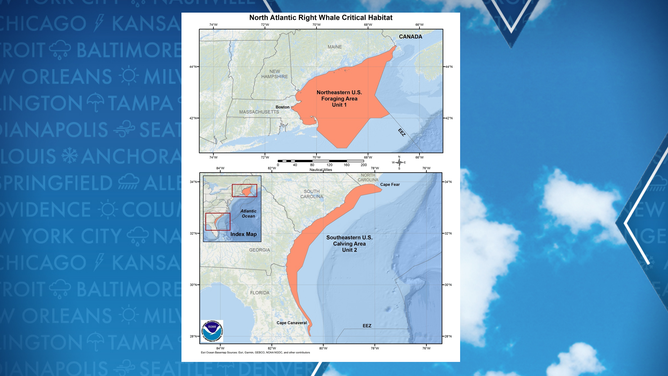
North Atlantic right whale critical habitat map
(NOAA)
